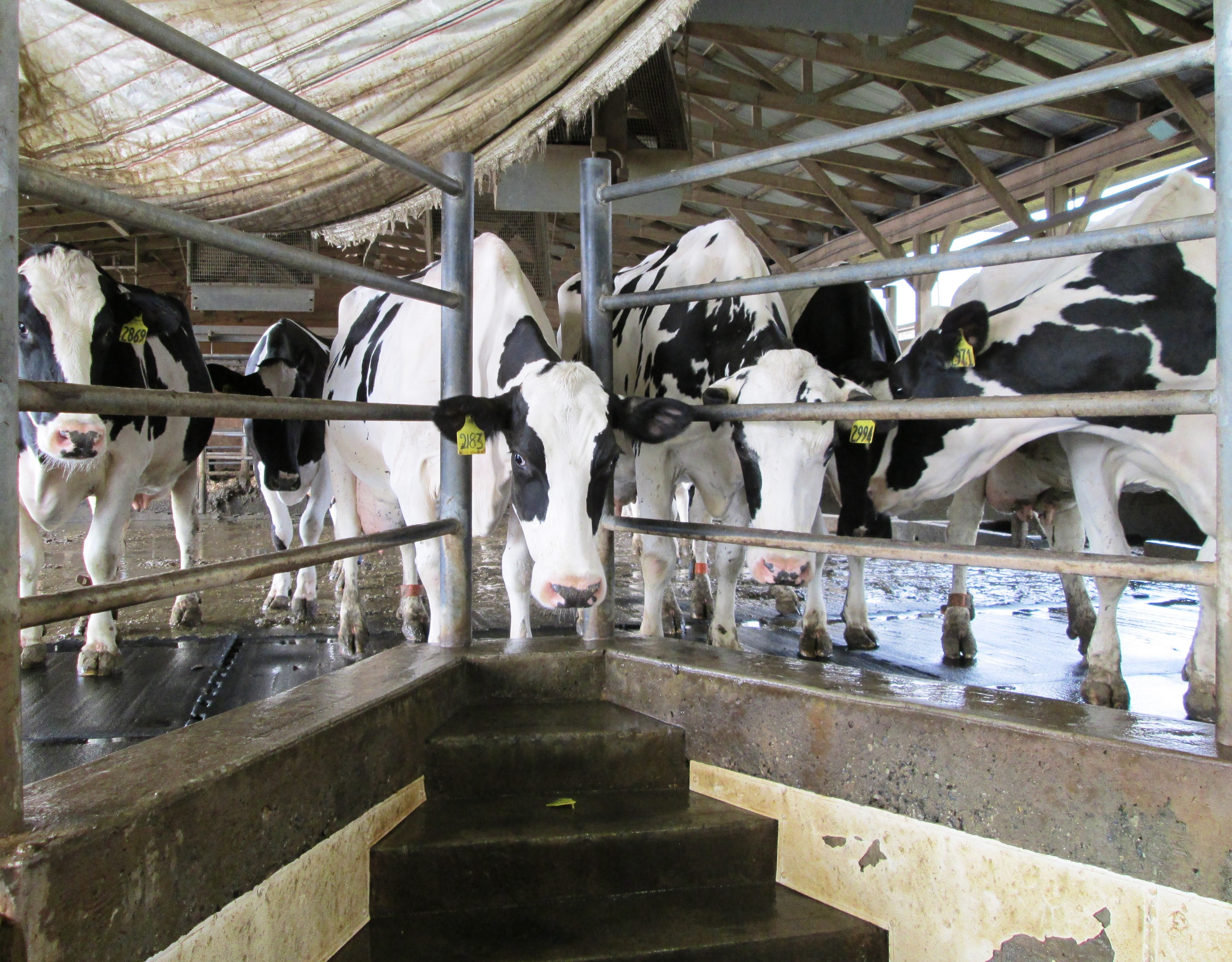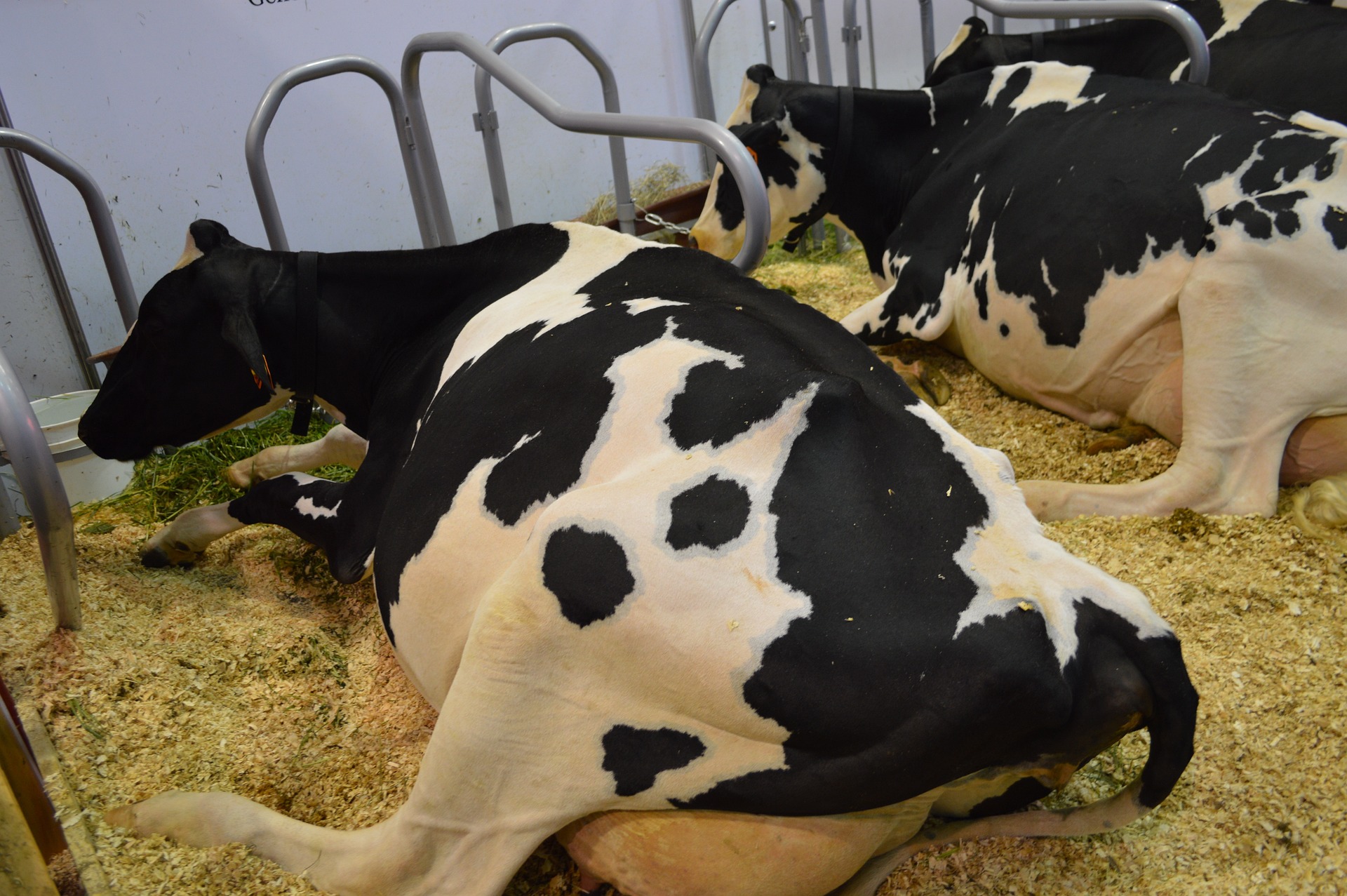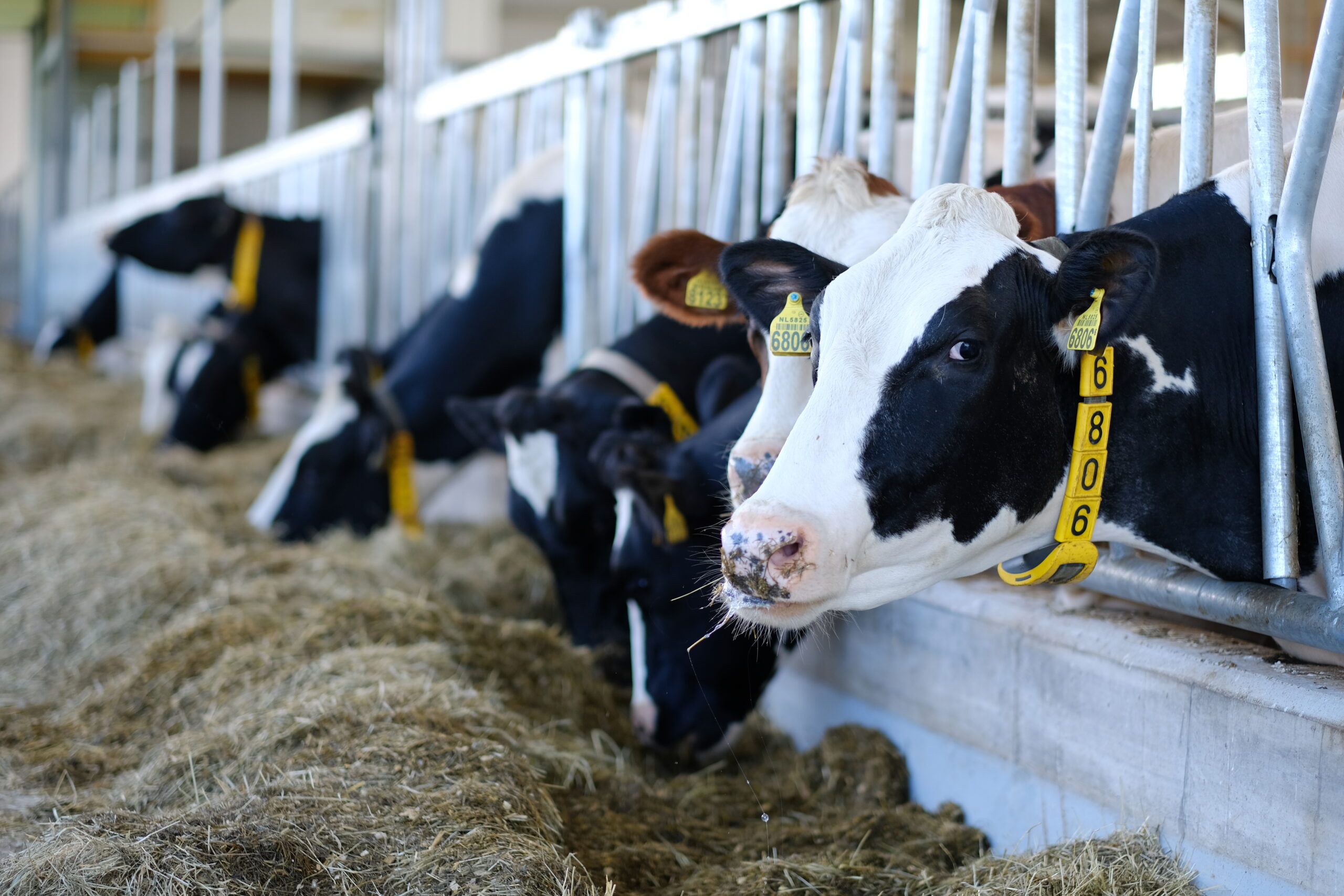VEGAN MYTHS ABOUT RUMINANTS
Are Cows Constantly Milked?
Vegan activists claim that dairy cows are constantly hooked up to a milking machine and milked out with no breaks in between. Perpetuated by “real” animal rights undercover footage and those who believe this oft-repeated “fact,” makes it almost convincing that this is truth.
But, is it? It’s time to discuss.
How Cows Make Milk
The belief that cows are constantly being milked comes from a misunderstanding of dairy production. With a largely urbanized population, it should be no surprise that many people are highly ignorant of how dairy farming works. Unfortunately, animal rights organizations take advantage of this and run with it, creating myths such as this and others.
To find out more, visit the buttons below.
Let’s turn to looking at how cows make milk. So, how do cows make milk? Aside from diet, it all starts with blood.
Yes, blood.
Blood from the cow flows in from vessels that connect from the cow’s body to her udder. Each quarter contains mammary glands and mammary tissue with specialized cells designed to take certain precursors from blood and create compounds like milk fat, lactose, and milk proteins including casein. Through cellular diffusion, water, minerals, and vitamins are taken from the cow’s bloodstream and made into other essential components of milk.
The cells are basically skin-like (epithelial) cells. Many cells make up alveoli (grape-like organs) which make up clusters called lobules. Milk is secreted by these cells and collects inside these lobules. Each lobule drains into ducts which drain into increasingly larger ducts until they hit the main cistern of that cow’s quarter.
At this point, it’s important to know that a cow’s udder is divided into four quarters. Each quarter bears a teat.
Above each teat sits that cistern. When stimulated by a suckling calf or milk machine (or via hand-milking), milk flows down from the cistern and is released through the teat.
In Order to Constantly Milk Cows…
This is the important part. In order for the logic that “cows are constantly milked” to work, the cow would have to be treated like nothing more than a milk-producing machine.
In other words, it would exist based on the assumption that a cow would constantly produce milk.
To be fair, a cow is constantly producing milk, but not in the way that this myth assumes. It assumes, then, that each quarter is filling up as quickly as it’s being emptied.
Therefore, it asserts that a cow is hooked up to the milk machine 24/7.
The major caveat is that’s not how mammary glands work. At all. For any female lactating mammal.
However, this myth is also supported by those who see a photo or a short video clip of a large group of cows in a milking parlour like in the photo above.
People take this ephemeral moment of time and erroneously assume that this brief moment in time is a permanent reality that those cows are forced to live in for their entire lives.
In other words, these people are quite convinced that those cows are kept in this milking parlour 24 hours a day, seven days a week, and are never permitted to move around, eat and drink, lie down to ruminate (chew cud), or associate with other cows.
They use this to conclude that dairy cows are, indeed, constantly milked for their entire [short] lives.
Fortunately, this could not be further from the truth.
Cows can Constantly Produce Milk, But…
Cows can constantly produce milk, but they cannot be constantly milked. Why? Simply, biology.
Not just the biology of a cow’s udder but the rate at which a cow will produce milk is much slower than the rate at which that milk gets pumped (or suckled) out of her.
In other words, a cow can only produce so much milk at one time. Her mammary glands are constantly being told, by hormones and neurons, to synthesize milk, but those epithelial cells can only work so hard to make so much. Even the highest producing cows that can produce 150 to 200 pounds of milk a day have this “problem.” For any dairy cow, this is a good problem to have.
Therefore, a cow can only be milked out periodically throughout the day, never constantly. Bovine mammary biology and physiology marks this vegan myth as debunked.
Most dairies have cows that visit the milk parlour twice a day. Some will do milking three or four times a day. Dairies that have robotic milkers (shown below) allow cows more freedom to go and get milked out whenever they so desire.
Forget that cows must be regularly milked out because their udders can only hold so much. It’s a good “problem” when they have plenty of time to eat, drink, sleep, chew the cud, and socialize between milkings.
Being able to lie down and chew cud is essential in dairy production. Cows can thoroughly digest food and convert it into nutrients for their bodies and for making milk.
Cows forced to be hooked up to a milk machine 24 hours a day, seven days a week, would be some miserable, unhealthy, and cruelly-treated cows IF it’s even possible to do this in the first place (which it’s biologically not).
IF, according to extremist propaganda, it “is possible,” then it would lead to unsanitary conditions and milk with unsafe loads of somatic cell counts. It would be next to impossible to keep everything clean and sanitized constantly, and sores on the teats and udder would quickly develop over time from the milkers’ constant, 24/7 suction action.
It’s this version of “reality” that animal rights extremists want you to believe.
The Truth of “Constantly” Milking Cows
A dairy cow’s lactation period starts after she’s given birth to a calf. She is ready to go into the main lactating herd a few days after calving because she is allowed time to produce colostrum before making “normal” milk.
Once she’s at that stage, she is given anywhere from 90 to 150 pounds of milk daily and goes in and out of the milking parlour (or robotic milkers, as more dairies are adopting) two to possibly three times per day. This goes on for only about ten months.
Two to three months post-calving, she would be bred again. She is well into her lactating stage at this point. A calf is growing inside her during the rest of her milking period.
When she is going into her third trimester of pregnancy (cows are pregnant for nine months, each trimester is three months), and two months prior to her due date, she is pulled out of the milking herd and “dried off” or forced to stop producing milk.
This gives her adequate time to rest and recharge before the birth of her next calf. And so the cycle continues.
A cow constantly produces milk because she is being regularly stimulated to produce milk.
This is a significant difference between the supposed “animal cruelty” of being constantly hooked to the milk machine as animal rights extremists tout and the simple biology of the lactating female mammalian bovid.
Regular stimulation equates to a regular synthesis and release of hormones that, in turn, encourage milk synthesis and milk let-down. These include oxytocin, ACTH (adrenocorticotrophic hormone), and prolactin.
If there is no regular stimulation for milk extraction either by suckling calf or milk machine, then these hormones stop producing, discouraging milk production.
The downside of stopping milk production is that it’s not a painless process for the cow. A full udder is a sensitive udder that can be tender and sore for a couple of weeks. During that time, the cells and milk break down, and the udder “involutes” or grows smaller with time. Thus, the soreness is thankfully, only temporary.
Dairy Cows are Not Constantly Milked
It’s not only biologically impossible to constantly milk a cow but also unrealistically unsanitary, inhumane, and foolish.
Cows are milked twice, sometimes thrice (rarely four times) daily. Between milkings, they have ample time to lay down to chew the cud, eat, drink, socialize, and be a cow.
Those cows aren’t milked all year long, either. For ten months, they are in the main milking herd, and two months after (or before), they get a well-deserved rest before calving and going back into milk production again.
Biology and science completely and thoroughly debunks this myth.
Source:
National Research Council (US) Committee on Technological Options to Improve the Nutritional Attributes of Animal Products. Designing Foods: Animal Product Options in the Marketplace. Washington (DC): National Academies Press (US); 1988. Lactation Biology and Methods of Increasing Efficiency. Available from: https://www.ncbi.nlm.nih.gov/books/NBK218174/










